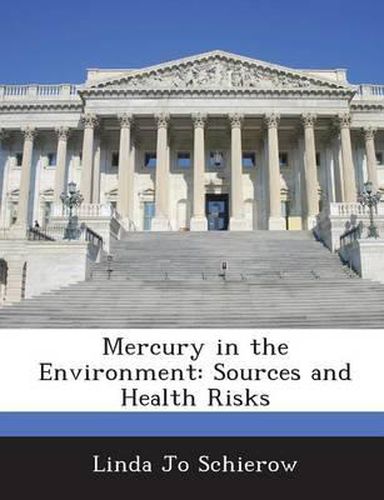Readings Newsletter
Become a Readings Member to make your shopping experience even easier.
Sign in or sign up for free!
You’re not far away from qualifying for FREE standard shipping within Australia
You’ve qualified for FREE standard shipping within Australia
The cart is loading…






Concern about mercury in the environment has increased in recent years due to emerging evidence that exposure to low levels of mercury may harm the developing nervous systems of unborn children. At least five bills in the 109th Congress aim to reduce mercury emissions from coal-fired electric utilities. The various proposals and a final regulation promulgated by the U.S. Environmental Protection Agency (EPA) on March 15, 2005, differ in how much and how soon emission reduction would be required, and in whether reductions would be achieved through controls at each plant or through a nationwide cap and trade system. The latter approach could allow individual plants to continue emitting current levels of mercury, potentially worsening conditions at nearby “hot spots.” Analysis of competing proposals raises questions about the sources, fate, and toxicity of mercury in the environment. This CRS report provides background information about mercury and summarizes recent scientific findings. For information about regulatory proposals to reduce environmental emissions of mercury, see CRS Report RL32868, Mercury Emissions from Electric Power Plants: An Analysis of EPA’s Cap-and-Trade Regulations.
$9.00 standard shipping within Australia
FREE standard shipping within Australia for orders over $100.00
Express & International shipping calculated at checkout
Concern about mercury in the environment has increased in recent years due to emerging evidence that exposure to low levels of mercury may harm the developing nervous systems of unborn children. At least five bills in the 109th Congress aim to reduce mercury emissions from coal-fired electric utilities. The various proposals and a final regulation promulgated by the U.S. Environmental Protection Agency (EPA) on March 15, 2005, differ in how much and how soon emission reduction would be required, and in whether reductions would be achieved through controls at each plant or through a nationwide cap and trade system. The latter approach could allow individual plants to continue emitting current levels of mercury, potentially worsening conditions at nearby “hot spots.” Analysis of competing proposals raises questions about the sources, fate, and toxicity of mercury in the environment. This CRS report provides background information about mercury and summarizes recent scientific findings. For information about regulatory proposals to reduce environmental emissions of mercury, see CRS Report RL32868, Mercury Emissions from Electric Power Plants: An Analysis of EPA’s Cap-and-Trade Regulations.